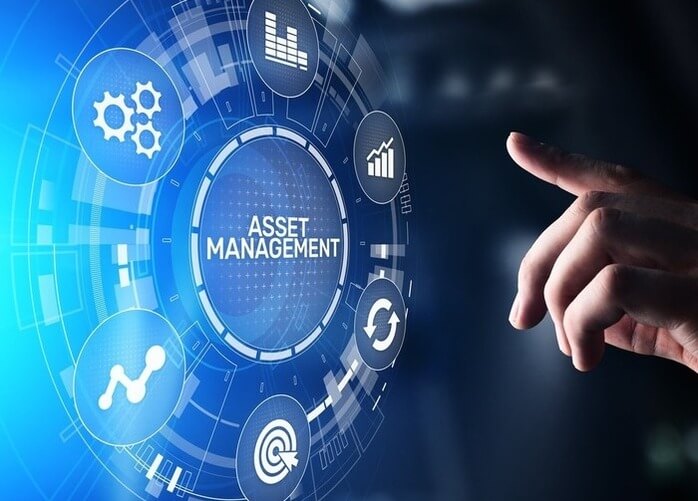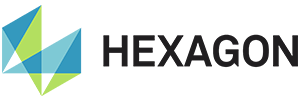Enterprise Asset Management
Elevate Efficiency, Maximize Value: Master Your Assets with Merino EAM Consulting
Our Expertise
Enterprise Asset Management Consulting & Implementation
Managing an asset’s lifecycle is no less than an art. Now you have a great possibility to optimize the asset's life to the maximum, and it may be beyond your expectation.
Enterprise Asset Management (EAM) is much more than preventive maintenance. More precisely, it refers to the complete Lifecycle Management of an organization's physical assets. Modern Enterprise Asset Management software, such as EAM, enables maximum benefits by providing unparalleled capability for cost-effective, asset-intensive, and performance-oriented maintenance operations.
It enhances productivity with workflows, alerts, role-based dashboards, and fully-integrated collaboration tools. EAM makes use of advanced analytic tools and IoT data to enhance operational availability and diminish risk. Information technology leaders may use EAM to leverage high-value physical assets with complete visibility to control and optimize performance.
The system helps businesses digitize and optimize maintenance operations and attain a new level of efficiency. In fact, modern EAM is designed to cater to unique industry challenges and scale as soon as your business grows. Users may even access EAM on the go due to its advanced mobility features.

A great feature of Enterprise Asset Management software is that it is easy to integrate with several other systems such as ERP, Financials, CRM, MES, SCADA, and the like. EAM integration with other software systems saves time and money by optimizing maintenance resources, improving equipment and staff productivity, increasing inventory efficiency, and reducing related operational costs. Thus, businesses can be in better shape to make calculated decisions while improving future asset performance and profitability.
Key Features

- Track, locate, and analyze physical assets.
- Manage work orders for preventive maintenance and scheduling.
- Retain records in compliance with service level agreements, labor regulations, and accounting requirements.
- Use built-in CAD capabilities to locate assets, display related data, and run graphical queries to evaluate asset data and work order conditions.
- EAM's barcoding ability enables it to feature one-step barcode label, design label templates, print job(s) templates, and batch barcode label printing on a print server.
Challenges related to EAM (Enterprise Asset Management) include


Enterprise Asset Management Deployment Models
CloudSuite™ as Software as a Service (SaaS)
Be up and running in hours, with all services managed for you. Provides flexibility and scalability, enabling you to deploy new instances on demand, increase uptime, reduce costs, and minimize risk.
CloudSuite™ as a Service Dedicated
Benefit from scalability and security along with the simplicity and convenience of a dedicated, private cloud environment.
On-Premises
Run EAM software on your existing infrastructure for On-Premises deployment and gain access to software licenses to help you manage costs.
Featured Products


